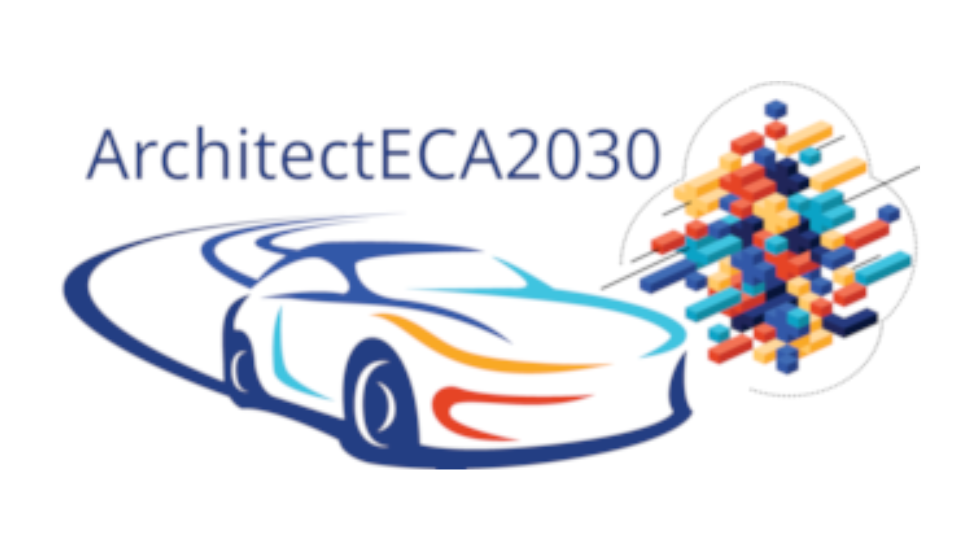European Union’s H2020-EU Project Architect ECA2030 Achieves Milestones in Automated Passenger Transport Safety. Thus, Architect ECA2030, announces the successful conclusion of its endeavor to address the increasing importance of automated vehicles in driverless vehicles, with a primary focus on ensuring the safety of passengers and pedestrians. Through innovative methodologies and models, the project has made significant progress in evaluating and enhancing safety systems, marking a pivotal advancement in the realm of autonomous transportation.
From Technology Readiness Level (TRL) 1, the project embarked on a transformative journey of conceptualization, fueled by fundamental and applied research, steadily progressing to TRL 4. Collaborative efforts with various esteemed partners concluded in the design of cutting-edge models, components, and processes, with tests conducted in simulated environments serving as crucial checkpoints to validate the efficacy of the project’s approach in addressing practical challenges inherent in modeled systems.
Structured across multiple work packages, each one was precisely tailored to tackle specific facets of safety enhancement and validation. The project’s endeavors yielded remarkable achievements. With a paramount focus on defining requirements and targets for a comprehensive vehicle monitoring device, the project ensured compatibility with the Architect ECA2030 demonstrator while prioritizing environmental and systemic safety. Meanwhile, surpassing benchmarks in method development laid the groundwork for a robust system monitoring device architecture through virtual verification and validation demonstrators.

Efforts concentrated on devising a schema for monitoring vehicle systems, refining test generation methods, and reducing input space to identify high-threat scenarios, resulting in significant advancements in monitoring device schema refinement and combinatorial test generation algorithms. Identification and management of risks associated with automotive Electronic Control Systems (ECS) culminated in the development of the CT-FLA testing tool to analyze crash scenarios, thereby enhancing testing efficiency and mitigating development risks.
Additional contributions included validation methods leveraging demonstrator tests and virtual simulations, emphasizing international coordination, exploitation strategies refinement, and research findings application bridging. Notably, the project achieved a significant milestone through the development of the Virtual Validation & Verification (V3) Framework in collaboration with partners AVL and TUG, providing a comprehensive avenue for joint exploitation outcomes.
Technical accomplishments encompass the formulation of requirements and targets, methodologies and architectures development, test generation methods refinement, and validation through demonstrator tests and simulations, underscoring the project’s unwavering commitment to enhancing safety in automated passenger transport and marking substantial progress towards achieving its overarching objectives.
Location
Vienna, Austria
Date
31.03.2024
Project
Project No: 877591
H2020-EU Project Architect ECA2030
contact
SBA Research
E-Mail: presse@sba-research.org
related links


